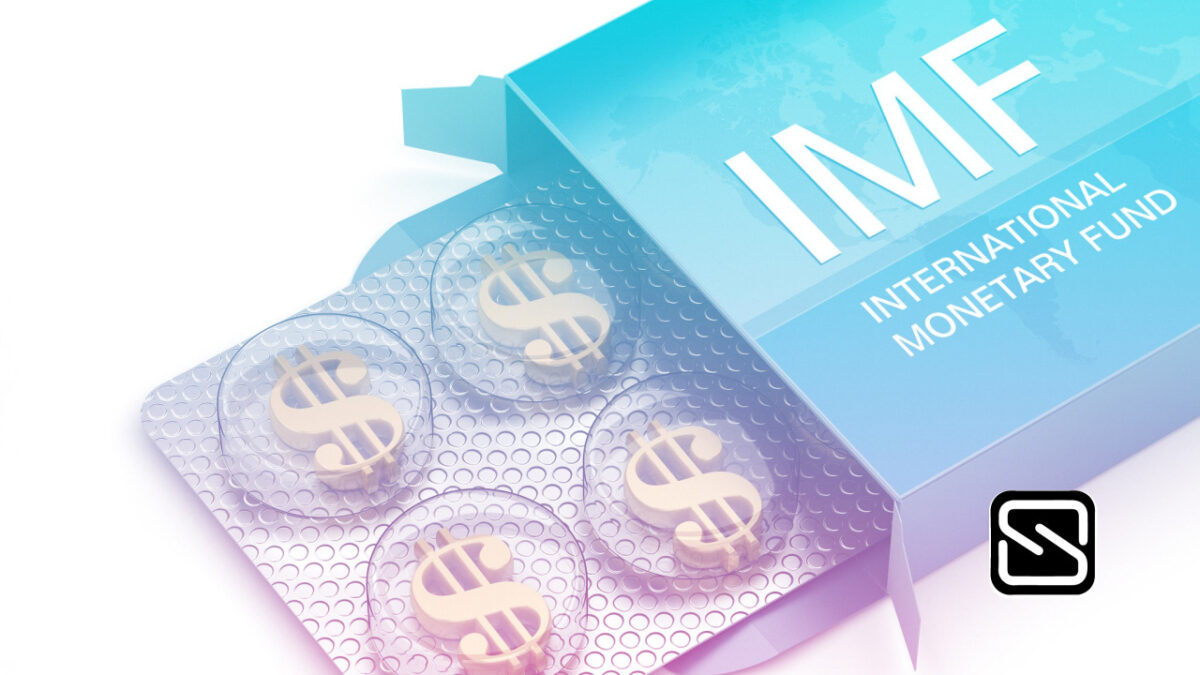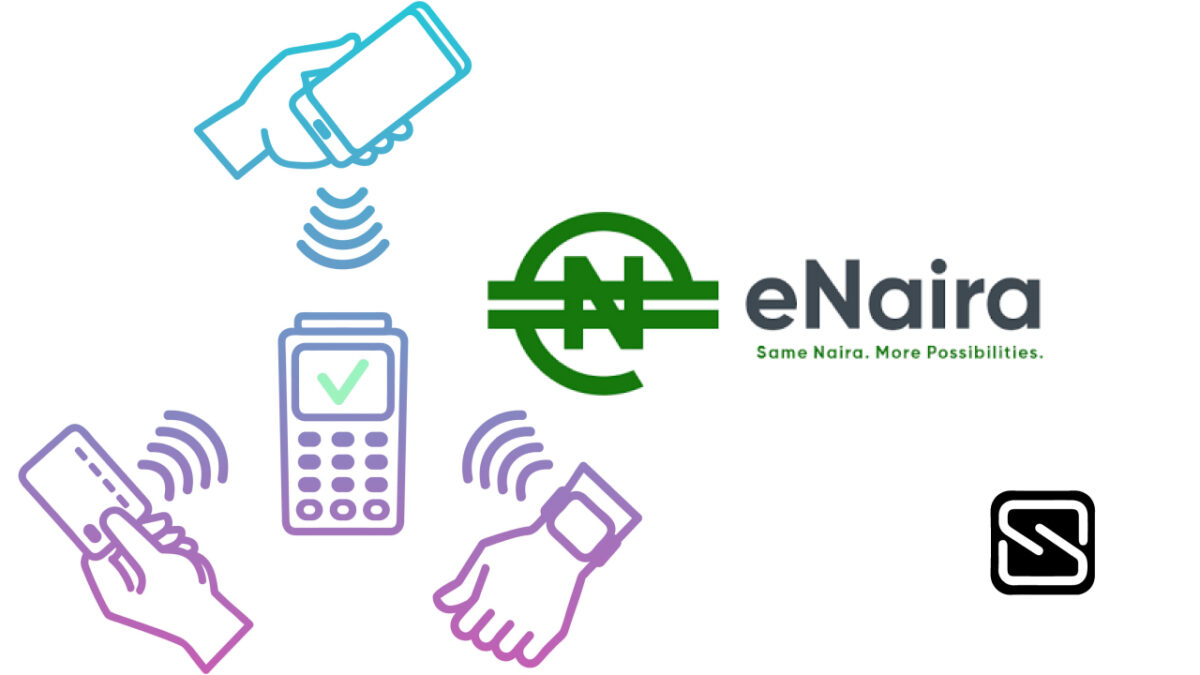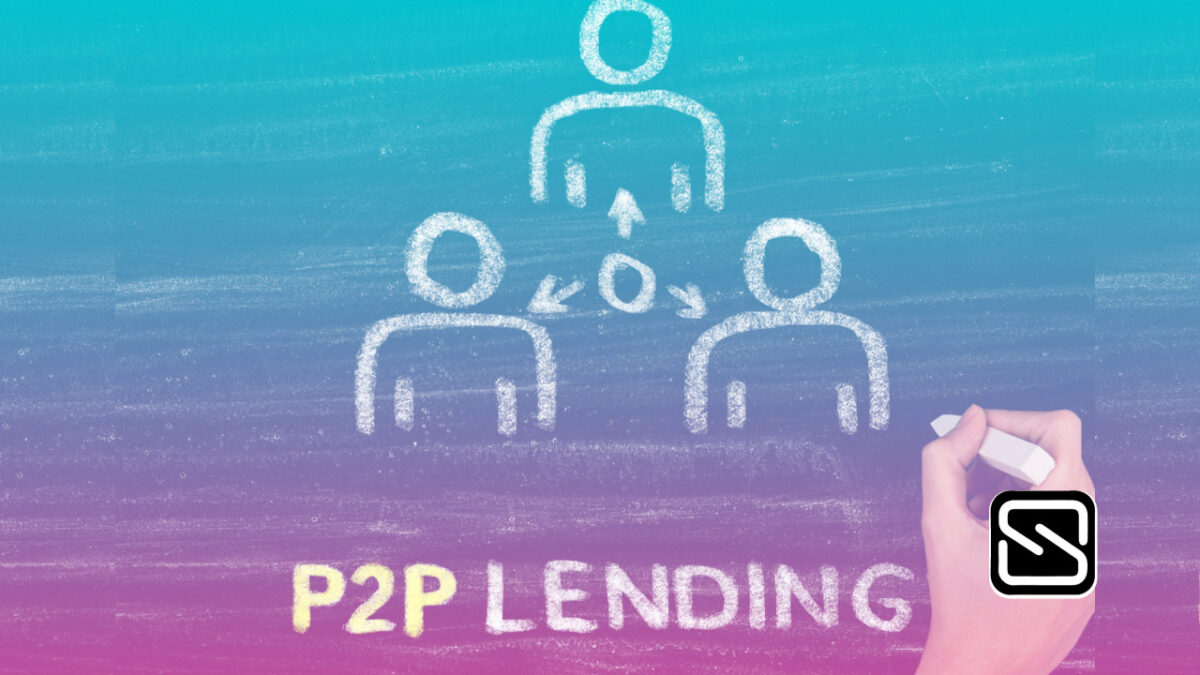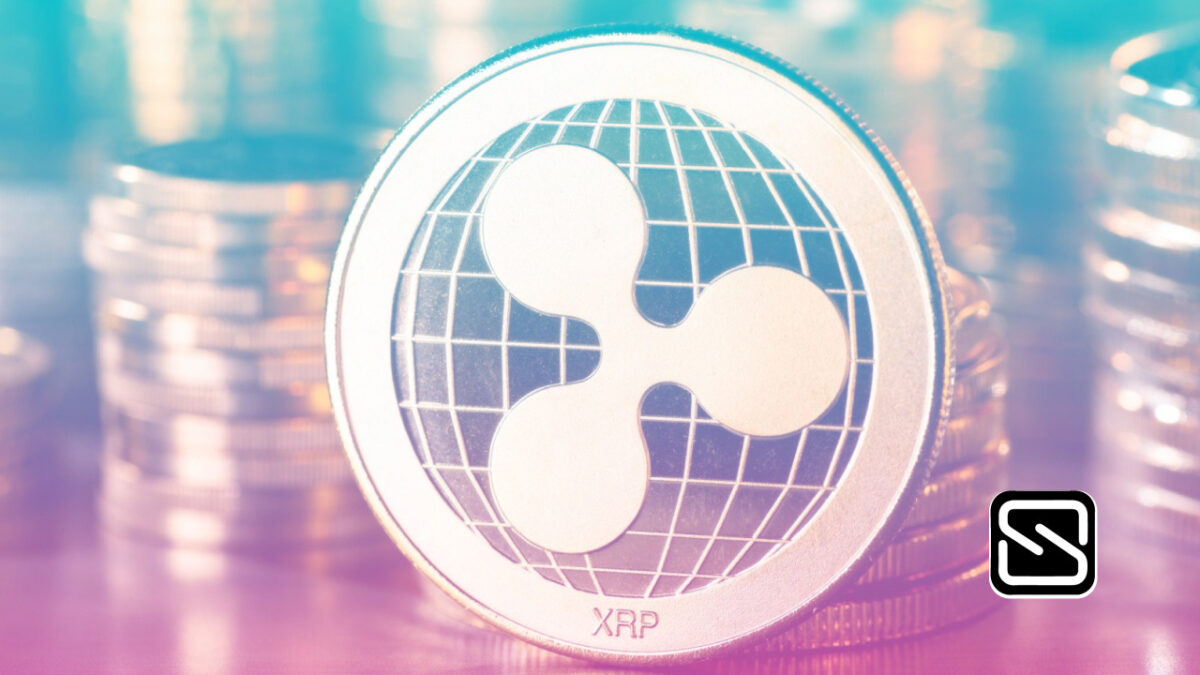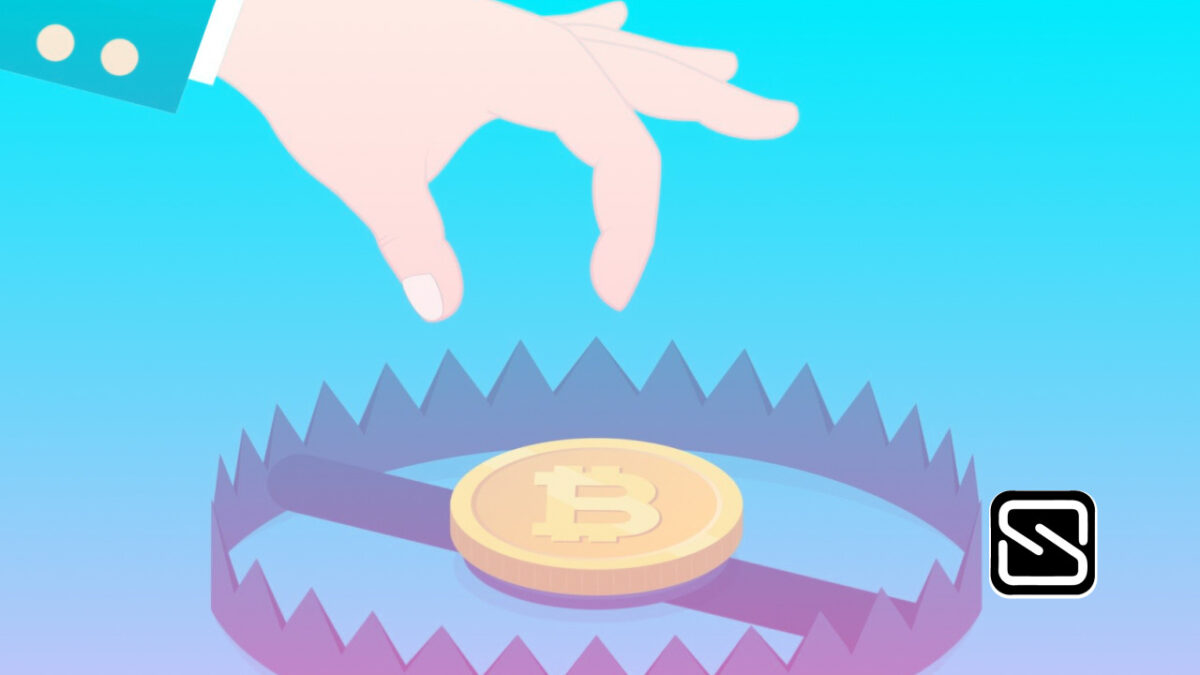In a recent report, the International Monetary Fund (IMF) expressed deep concerns about the risks associated with cryptocurrencies, particularly Bitcoin, and issued advice to central banks against accepting them as legal tender. While cryptocurrencies offer a decentralized means of transferring value without intermediaries, their extreme volatility makes them unsuitable for direct use in payment services.
The IMF emphasized the need to protect fiat currencies from potential threats posed by cryptocurrencies and urged central banks to avoid allowing crypto assets to directly compete with established fiat currencies. Such competition could introduce financial stability risks and exacerbate inflationary pressures, which could have severe implications on countries’ economic health.
Of particular concern is the practice adopted by some Governments, including El Salvador and the Central African Republic (CAR), of accepting Bitcoin as legal tender. This approach raises significant concerns for the IMF, as it may introduce additional challenges, including financial instability and rapid inflation. The IMF had previously cautioned against these countries’ decisions to adopt cryptocurrencies as legal tender, citing potential threats to fiscal sustainability, consumer protection, financial integrity, and overall stability.
As cryptocurrencies gain popularity globally, including in Africa, the IMF’s concerns have implications for the continent’s economic landscape. While cryptocurrencies offer potential benefits, such as financial inclusion and faster cross-border transactions, their volatility and potential impact on local currencies demand careful consideration.
Many African countries face unique economic challenges, including currency depreciation, inflation, and underdeveloped financial infrastructures. Introducing cryptocurrencies as legal tender without adequate regulatory frameworks and safeguards could exacerbate these issues and lead to financial instability. Thus, central banks in Africa should heed the IMF’s advice and tread cautiously when considering the acceptance of cryptocurrencies as legal tender.
The IMF has also encouraged countries in Africa to modernize their tax collection systems to encompass the crypto sector. Properly regulating and taxing crypto businesses and related activities will ensure that governments can effectively address potential revenue losses while fostering responsible growth in the crypto space.
As the adoption of cryptocurrencies continues to evolve in Africa, it is crucial for governments and policymakers to strike a delicate balance between embracing innovation and safeguarding the stability and reliability of their fiat currencies. Implementing clear and robust regulations will be essential in harnessing the potential benefits of cryptocurrencies while mitigating the associated risks, paving the way for a more sustainable and inclusive financial future in the region.
